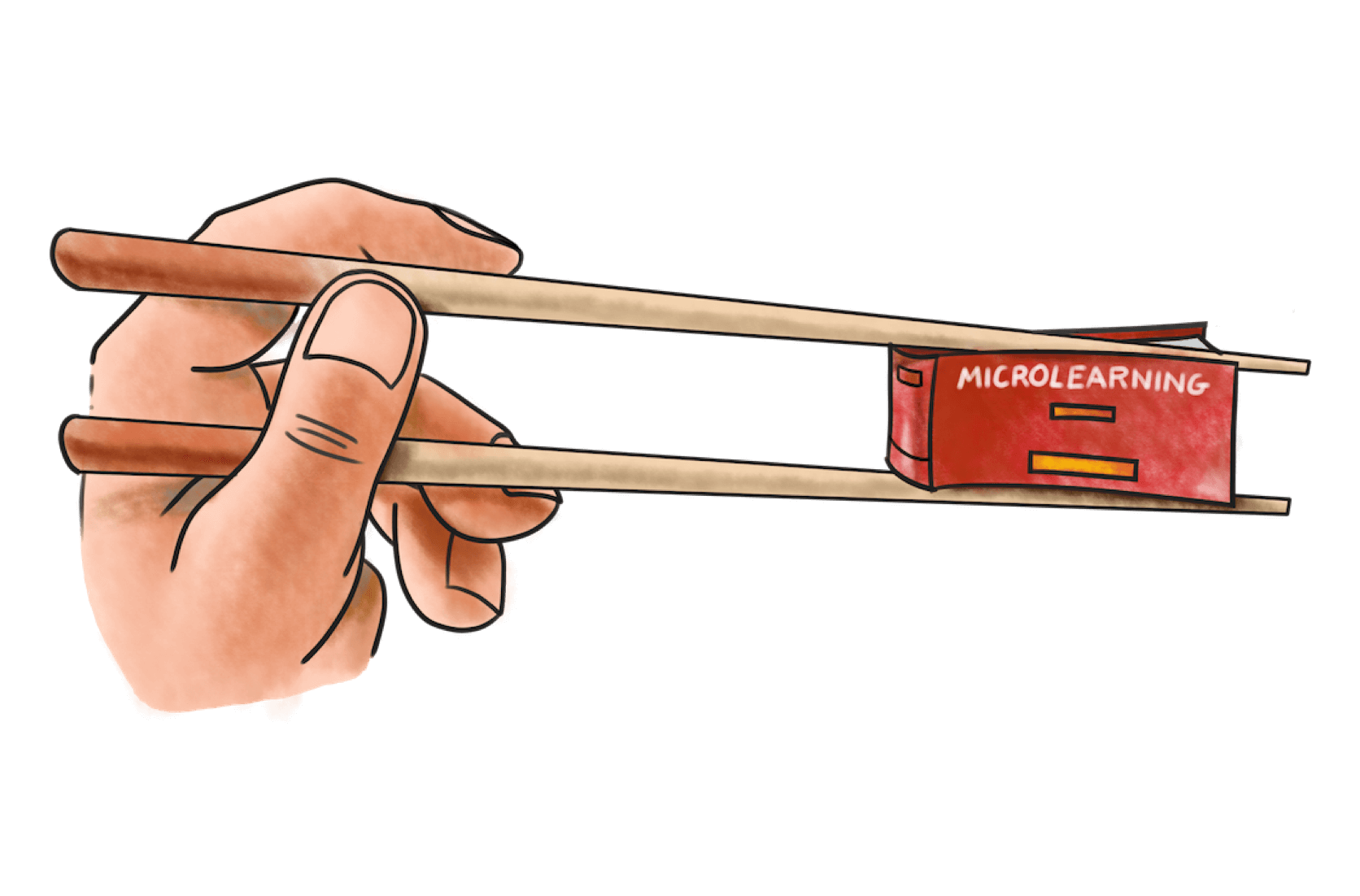
The line from learning to outcome is rarely straight. It's curved and broken and often blurred. There is a line, that's not the problem. The problem is tracing it. So in this article I'm going to help you out. With the help of a really simple formula (that we use with our clients here at Yarno in our kick-off workshops), I'm going to show you how to put the return of investment from training into a quantitative and measurable form.
First off, what comprises "Return on Investment"?
Before you try to find evidence that what you've done has given you some return on your investment, first we've got to figure out what you're looking to get back from your training. While money may be the first thing on our minds when we think of ROI, it's not necessarily the best unit to measure by. There are a few reasons for this, but in sum: the chain of causation from training to direct monetary return is hard to grab a hold of. Of course, it's there, but it's long, blurred, and entangled in many other factors. The best way to explain what I mean by this is to explain why I think the best way to measure training ROI is through a capability matrix.
What's a "capability matrix"?
Role: Retail sales assistant

To create a capability matrix, you simply list out all the skills needed for a particular role and rate the individual's level of that skill on a scale of 1-10 (10 being mastery). In this example I've used the skills a client might look for in a sales assistant. Then, post-training, you re-rate each specific skill. Taking into account no other factors are at play (i.e. there were promotions or discounts running which helped the salesperson easily close more sales) we can then therefore attribute any increases to the training event which gives you a clear figure as to measure your return on investment.
The above is just an example of the kind of matrix you can create. You can add or remove columns according to the role, the skills, and how much (or how little) detail you feel is needed. For example, you might like to add a column on how a particular skill is measured. Say, the skill "writing" is measured according to how engaging, succinct, and clearly a person writes. A skill we look for in our applicants at Yarno is "humour and meme knowledge". This (slightly quirky) skill would be measured according to how well a potential Yarno-er can link a concept in a client's training material to a (lit) pop culture reference (thus making the training material a bit more fun and engaging for the learner!).
Why a capability matrix
We generally think of skills in qualitative terms. We say a person is a "good" salesperson, or they are a "bad" salesperson. But what's the scale between "good" and "bad"? And how much better is "great" than "good"? It's hard to put your finger on it. Without mapping it out, it all gets lost in our head.
That's why you have a matrix. You break down the role into the specific skills a person needs to best perform that role. Then you can tick off whether that person has or hasn't got that skill, and their proficiency in it. A matrix also shows you what kind of training is needed to skill-up the person. Your first thought might be, "I want this person to be a better salesperson," but that's not very helpful. Instead, you need to work backward and find out what the problem is and what skills are required to fix that problem. There's no point giving someone a customer service workshop if it's the active-listening skill they lack. So mapping out skills like this doesn't just help you measure return, it also helps identify what it is you need to work on to see improvement in the first place.
In our client workshops at Yarno, once we identify the skills we need to train, we then put those skills and the training needed to improve them into this formula:
[Type of skills training] will affect [a measure we already use] by [X]% by [date] as people [apply new skill set].
Here's an example of how this formula works:
"Our customer service skills campaign will increase our net promoter score (NPS) by 2 points within 8 weeks as people apply the 5 step service model."
This formula is useful because it creates a measurable goal. After the training, by measuring against the matrix, you can see whether the training did increase the skill by the expected amount, or whether it fell short of the target. In this way, not only have you measured the ROI of your training, but you've also measured the efficacy of the training itself.

I know what you're thinking. Mr. CEO doesn't care about skills; he cares about the bottom line. The money, people, the money. Here's the thing: incompetency costs money, competency makes money. A better salesperson will make more sales. That one's pretty obvious. But it goes for all other jobs, too. For example, take a "blog writer" - a better blog writer will mean more people come to read your blog. In turn, building brand awareness and trust, which then creates more conversions and longer relationships with clients. So really, by measuring ROI in terms of skills you're also measuring monetary ROI, you're just doing it in a way that's easier to trace the line between cause and result.
The other way that measuring ROI according to skill-return affects monetary return is through saving money. According to a study by Oxford economics, the average cost of hiring a new staff member is $30,000. Further, 40% of staff who don't receive adequate training leave their job within the first year. Here's the two and two together: training reduces staff turnover, which reduces costs, thereby increasing the bottom line. Hurrah! Mrs. Boss-woman is very impressed with your work.
Pulling it all together
By now, we can see that training ROI can be effectively measured by following a few easy steps:
- List out all the skills needed for a particular job to be done effectively.
- Compile those skills into a capability matrix, and set them against the kind of training needed to build that skill.
- After training, measure the increase in that skill according to your matrix.
If you're feeling extra studious, you can even plot the increase in skills over time on a graph (like Yarno does). If your training is working, that graph will curve upwards. If not, maybe it's time to look at other training programs or facilitators. Training, after all, should be an investment, not a cost.
To learn about the big impact little bites of learning can have, download our microlearning whitepaper.


















































































































